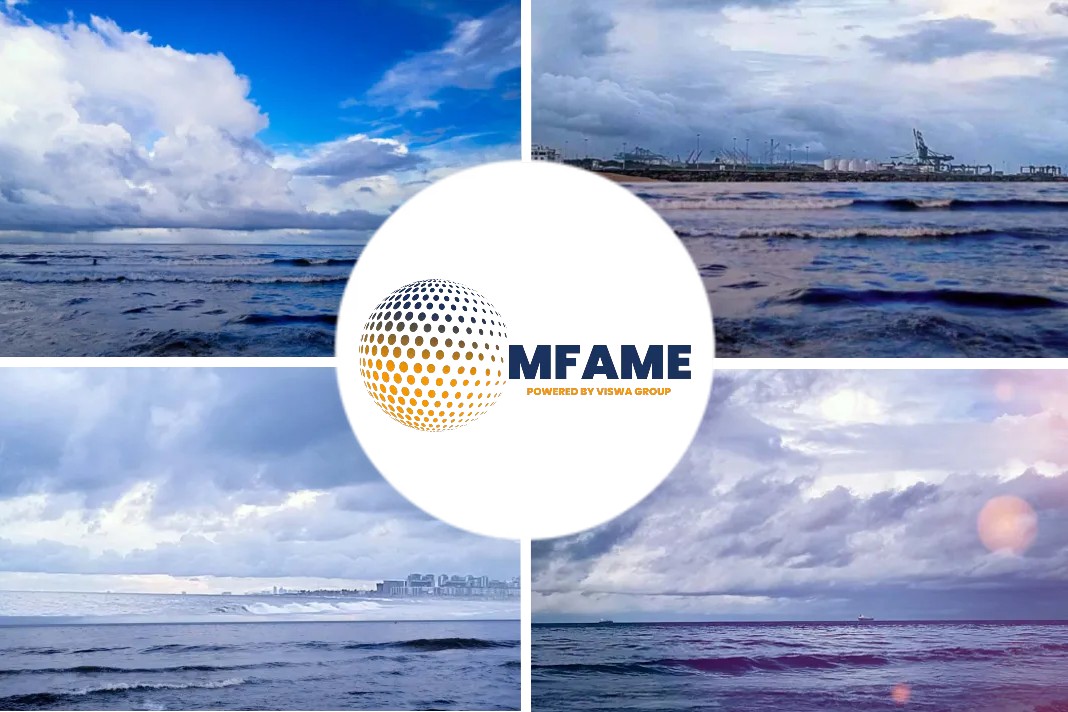
A joint study into ammonia safety onboard ships undertaken by the Lloyd’s Register (LR) Maritime Decarbonisation Hub and the Mærsk Mc-Kinney Møller Center for Zero Carbon Shipping (MMMCZCS), has found that a range of mitigation methods, from ship design to crew training and operations, are required to keep toxicity risks to crew within published tolerable limits.
Promising Alternative
Seen as one of the most promising alternative fuels for the maritime energy transition, ammonia can be combusted with almost no carbon dioxide (CO2) emissions. However, using ammonia as a shipping fuel can create potential safety hazards, including toxicity. It is crucial for shipping’s stakeholders to understand the risks of ammonia as a shipping fuel and the safeguards that can be implemented to reduce them to tolerable levels. Using Quantitative Risk Assessment (QRA) analysis, a powerful data-driven method that allows users to assess risk in a quantitative and granular manner, the joint study has been able to identify vessel design and operational measures that would reduce ammonia risks to a tolerable level.
Recommendations included lower storage temperatures to reduce safety risk; provision for two or more separate spaces containing different groups of equipment that could leak ammonia; monitoring and minimizing of access to and length of time spent in spaces containing ammonia equipment; ventilation outlets from spaces containing ammonia equipment placed in a safe location, adequately separated from areas accessed by crew; and installation of multiple sensors of different types to detect ammonia leaks.
Limiting Risk
To complement the QRA, the second section of this report summarizes insights from an analysis of human factors considerations that will be impacted by a transition to ammonia fuel use. Taken together, the two centers concluded that the risks to crew of using ammonia as an alternative maritime fuel can be kept to a tolerable level, provided that the maritime industry can ensure suitable and sufficient technical barriers and administrative safeguards are implemented to protect the crew against various ammonia risks
“The global energy transition drives a move from fossil fuels to alternative energy sources, which inevitably brings about new safety challenges and the need for shipping to manage more complex hazards…”, Dr. Andy Franks, Senior Decarbonisation Risk Specialist, LR Maritime Decarbonisation Hub, said. The two decarbonisation centres have been involved in a number of ammonia projects. LR is undertaking key feasibility studies into using clean ammonia to refuel ships at the world-scale ports in the Pilbara region of Western Australia.
Did you subscribe to our Newsletter?
It’s Free! Click here to Subscribe!
Source: Offshoreenergy















